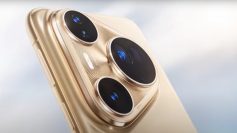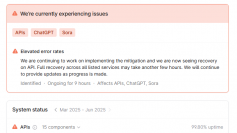The next generation of mobile network known as 5G promises faster data upload and download speeds, more stable connections, and wider coverage. Already, several countries are benefitting from this technology, from connected automotive to smart manufacturing and immersive technology.
With the arrival of 5G, AR and VR applications will evolve to the next level. In fact, the full potential of AR/VR tech will be realized with the help of this network.
Why?
Because both AR and VR need a more substantial network that's remarkably cheap but has more consistency, to put it simply, 5G is a necessity.
Reliability and Connectivity
Both VR and AR applications are sensitive to network performance, that even a tiny bit of interruption will impact the user experience negatively.
It goes without saying that we are consuming more data than before because there's a lot to do on the internet, especially now that we're all holed up in our homes, unable to go out as we please due to the pandemic. The spectrum bands we have now have a hard time coping as they are becoming congested. And when a hoard of users in the same area are accessing online mobile services at the same time, the service will eventually breakdown. More devices on the network will create more need for connections - something that 4G cannot support.
But 5G can handle all the pressure, carrying thousands of devices simultaneously, from mobiles to equipment sensors, video cameras to smart street lights. In fact, Huawei has said that 5G can provide "up to a million connections per square kilometer." Millions, even billions, of connections are needed for tech like VR and AR to flourish.
Latency
The time lag between a request and the response is called latency, or how responsive your network is. According to ABI Research, 5g will provide a decrease in latency for up to 10 times. The data rate, or the time it takes to send requested data to you, will also see an improvement. So no more waiting for webpages to load -- it will appear automatically.
While the effect of reduced latency on web pages is easy to understand, the benefits for VR are a little bit complicated.
For non-VR games, the bare minimum is 50 ms latency. In VR, users will easily feel nauseous when latency exceeds 20 ms. With 5G's sub-5 or sub-2 ms latency, the user experience will be amazing. Simply put, it will look natural and feel smooth. VR is all about immersion, so this aspect is essential.
5G's benefits to AR/VR will eventually expand, not just within the entertainment industry, but also in healthcare and even in the auto industry.






